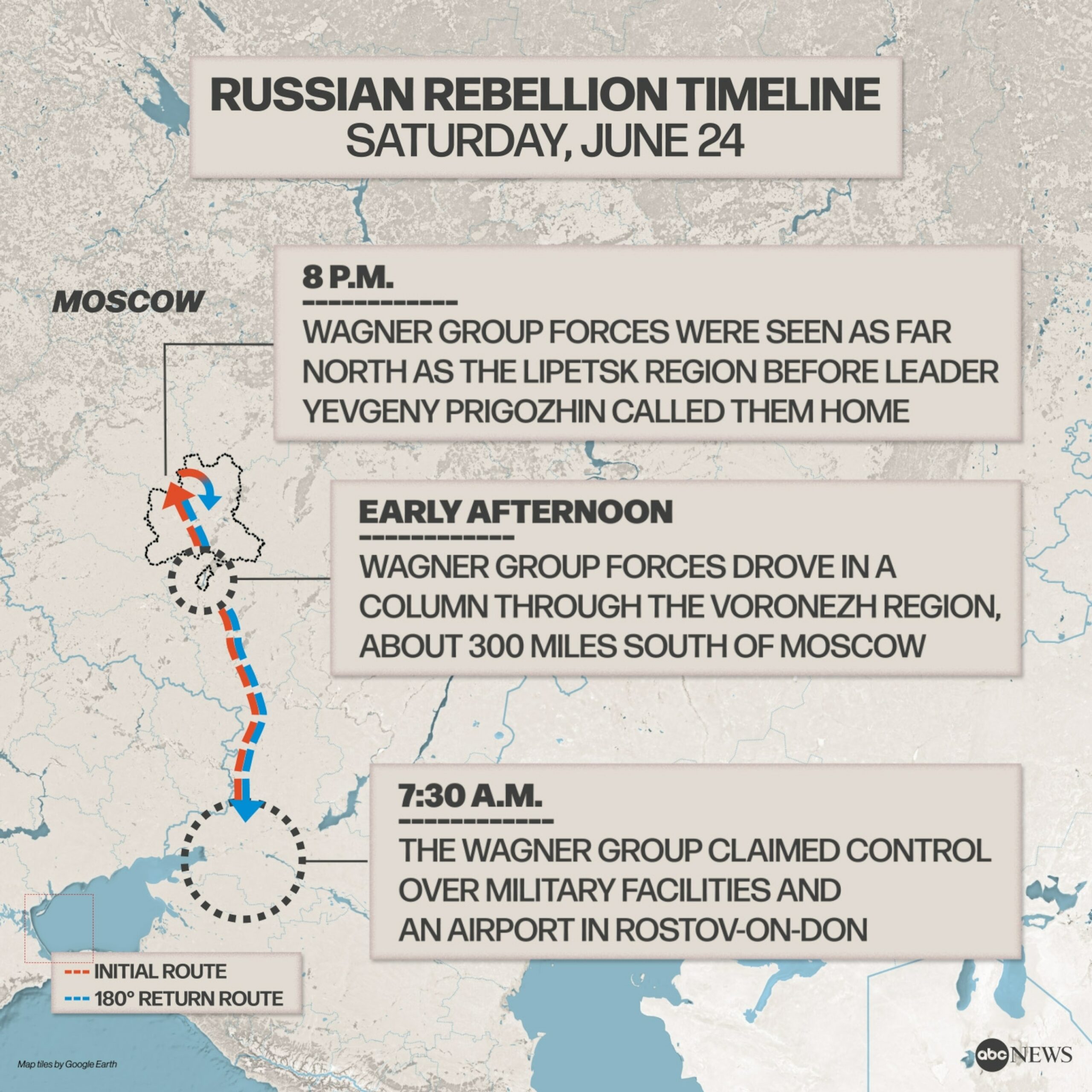In 2024, President Vladimir Putin further cemented his grip on power and sought to counter Russia’s isolation from the West over the war in Ukraine. But he faced continuing challenges, with a deadly attack by gunmen in Moscow and an incursion by Kyiv’s troops on his territory.
As Russia’s nearly 3-year-old war in Ukraine enters a new, potentially pivotal phase amid a new U.S. administration and its uncertain support for Kyiv, here’s a look back at how the year unfolded for Putin:
January: A presidential campaign with no real opponents Putin ran for a fifth term in office with his top opponents either jailed or exiled abroad. But in a rare show of defiance, thousands of Russians queued in the January cold to sign petitions for an unlikely challenger. Boris Nadezhdin, a 60-year-old legislator and war critic, got the 100,000 signatures needed to put him on the ballot, but election authorities eventually barred him from running. Still, the support he received reflected anti-war sentiment and public longing for political competition in an embarrassment for Putin.
February: Alexei Navalny dies in prison On Feb. 16, Putin’s longtime foe Alexei Navalny died in an arctic prison colony while serving a 19-year sentence on charges widely seen as politically motivated. The news of his death at age 47 shocked the world and robbed the opposition of its most charismatic leader. No exact cause of death was given, and his family and allies blamed the Kremlin, which denied involvement. Tens of thousands of mourners attended his Moscow funeral two weeks later in a show of defiance.
March: A concert massacre darkens Putin’s election win On March 17, Putin secured his expected election triumph, which will keep him in office until 2030, following the harshest crackdown on dissent since Soviet times. Five days later, gunmen stormed a concert hall on Moscow’s outskirts, killing over 140 people and setting the venue ablaze. An affiliate of the Islamic State group claimed responsibility, although the Kremlin, without evidence, tried to blame Ukraine for the deadliest attack on Russian soil in almost two decades. The assault stunned the capital and rekindled memories of other attacks in the early years of Putin’s presidency.
June: Putin visits North Korea to forge stronger ties Putin made a two-day visit to North Korea in June – his first in 24 years – as the countries deepened their ties in the face of intensifying confrontations with Washington. The pact signed by Putin and North Korean leader Kim Jong Un envisions mutual military assistance if either country is attacked. The new agreement marked their strongest link since the end of the Cold War, adding to concerns in Washington and Seoul.
July: Reporter Gershkovich convicted in a trial denounced as a sham Wall Street Journal reporter Evan Gershkovich, arrested in March 2023 and accused of espionage, was convicted and sentenced to 16 years in prison in a swift trial. His employers and the U.S. government denounced the process as a sham and rejected the charges as fabricated. Without presenting evidence, authorities claimed he was gathering secret information for the U.S. Gershkovich, the American-born son of Soviet immigrants, was the first Western reporter arrested on espionage charges in post-Soviet Russia, in a chilling signal to international journalists.
August: Mass prisoner swand Ukraine’s push into Kursk On Aug. 1, Washington and Moscow completed the biggest East-West prisoner swap in post-Soviet history. Those released included Gershkovich and fellow American Paul Whelan, along with prominent Russian dissidents like Vladimir Kara-Murza and Ilya Yashin. The multinational deal freed two dozen people – including Vadim Krasikov, serving a life sentence in Germany for kil
Read More

